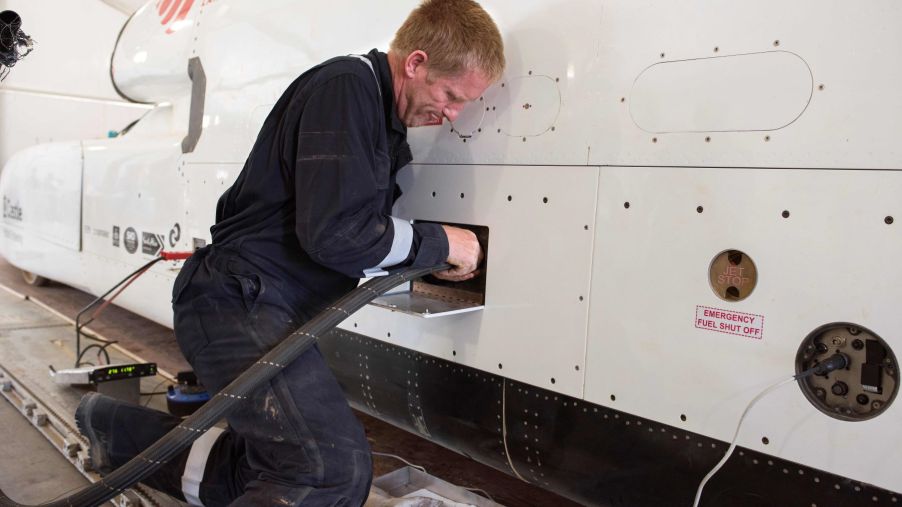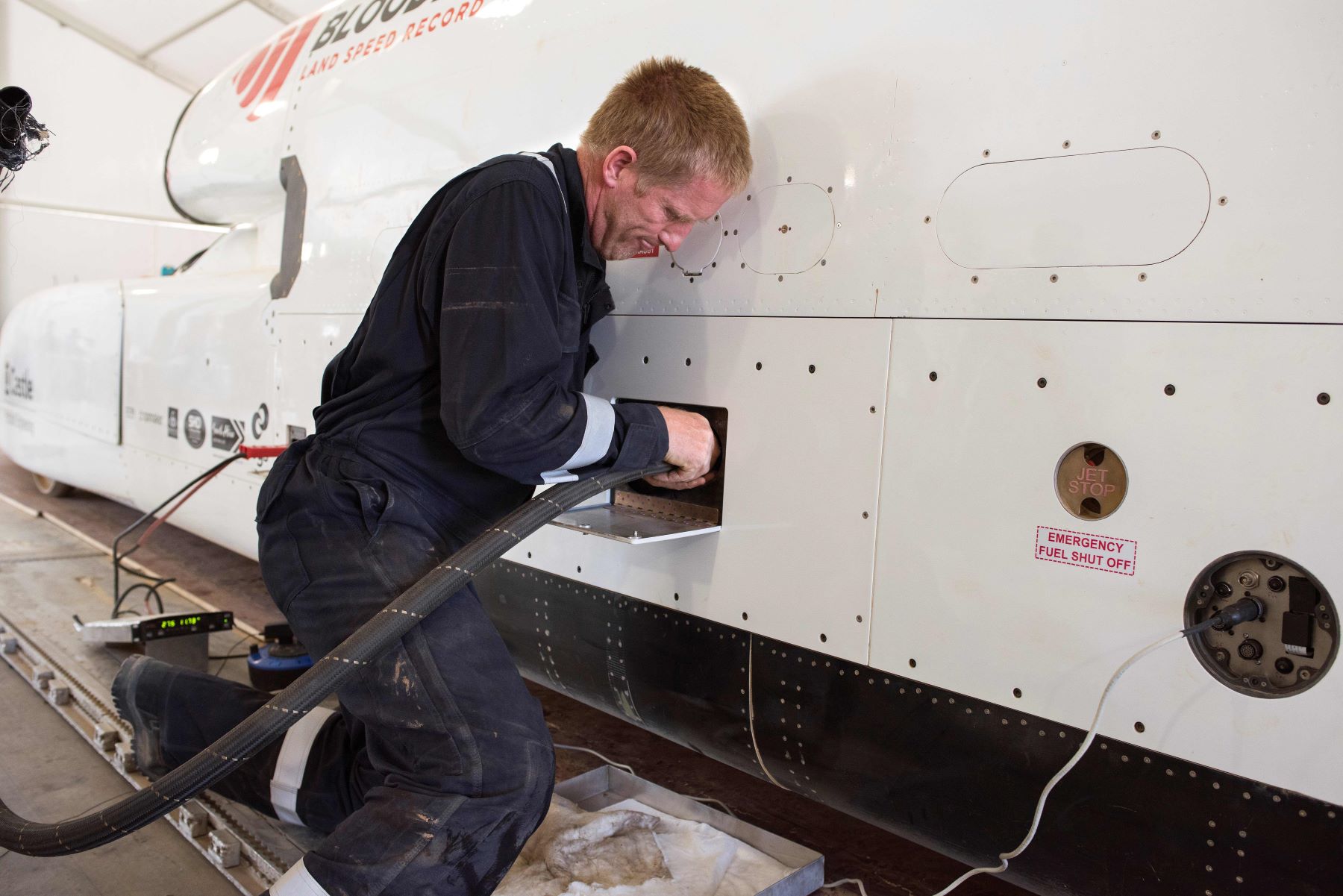
What Happens if You Fill Your Car’s Gas Tank With Jet Fuel?
As we enter a transitional period in the auto industry that sees us shifting from gas-powered vehicles to electric, and with so much information on car safety available, it’s surprising that so many car myths are still around. One such myth is the idea that if you put jet fuel in your vehicle’s gas tank, it will boost its performance, and you can go faster.
Is there any truth to that myth? Does putting jet fuel in the gas tank do anything at all for your fuel economy? Or can it instead do serious harm to your vehicle?
Will jet fuel make your car go faster?

The simple answer is no. In fact, if you put jet fuel in your gas tank, the vehicle won’t go at all. At least not for long. While jet fuel certainly sounds more potent than standard gas, it offers no benefit for your vehicle and will cause it to stall out.
According to Business Insider, last year, a fuel delivery service delivered kerosene (a fuel form used as jet fuel) by mistake to a gas station in New Jersey. Several cars filled up with kerosene thinking it was regular gas, which caused the vehicles to stall shortly after.
Will jet fuel cause your vehicle to explode?
Again, the answer is no. While kerosene can certainly be a hazardous material, there is no danger that your vehicle will catch fire if its gas tank is filled with jet fuel. However, it will stall out, and it can do severe and costly damage to your engine.
Action sequences in movies have put the idea out there that if you fire a gun and hit the gas tank, the vehicle will burst into flames. That’s not true. This myth was debunked on Mythbusters. In a controlled experiment, the Mythbusters team showed that bullets go through the gas tank of vehicles without igniting. Without ignition, there’s no explosion.
Why does jet fuel cause a car’s engine to stall?
The engine of a car isn’t designed to combust kerosene. According to Socratic, it can be set up to use kerosene, but it has to be in vapor form first.
Gas engines send a spark into a mix of air and fuel vapors. The important factor here is the flashpoint which is the lowest temperature of a given fuel that will produce enough vapors to burn. Gas vapors burn at -49 degrees Fahrenheit. On the other hand, kerosene doesn’t burn until it reaches 104 degrees Fahrenheit. When jet fuel is injected into the piston as a liquid, some of it will burn. That unburnt liquid sticks to the engine’s pistons, cylinders, and rings. Some of it will come out of the exhaust as smoke.
Yet another issue is octane rating. During combustion, knocking and pinging in the engine is caused by the mixture of air and fuel igniting before it’s supposed to. The octane rating is simply the measure of a fuel’s ability to quell those sounds. Regular unleaded gas in the U.S. has an octane rating of 87 with 88 to 90 for midgrade fuel and 91 to 94 for premium fuel.
Meanwhile, kerosene has an octane rating of around 25, so you can see how that creates a problem. Kerosene has a tendency toward pre-ignition. The fuel will ignite before the spark plug ever fires. That pre-ignition causes both high pressures and temperatures in an engine, resulting in the burning or melting of pistons. Engines are also designed to force the other pistons overheating to compress the mixture to a greater extent.


